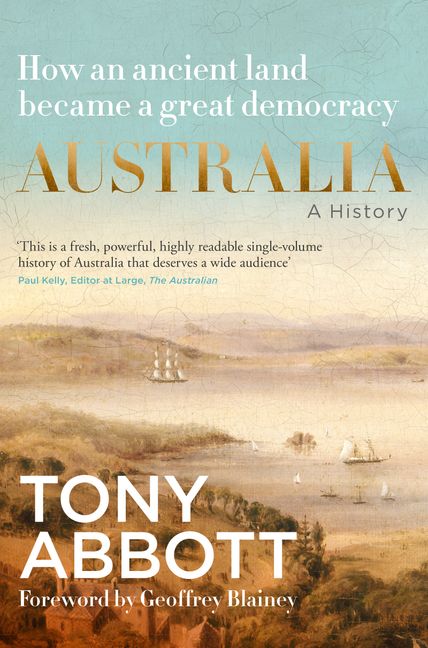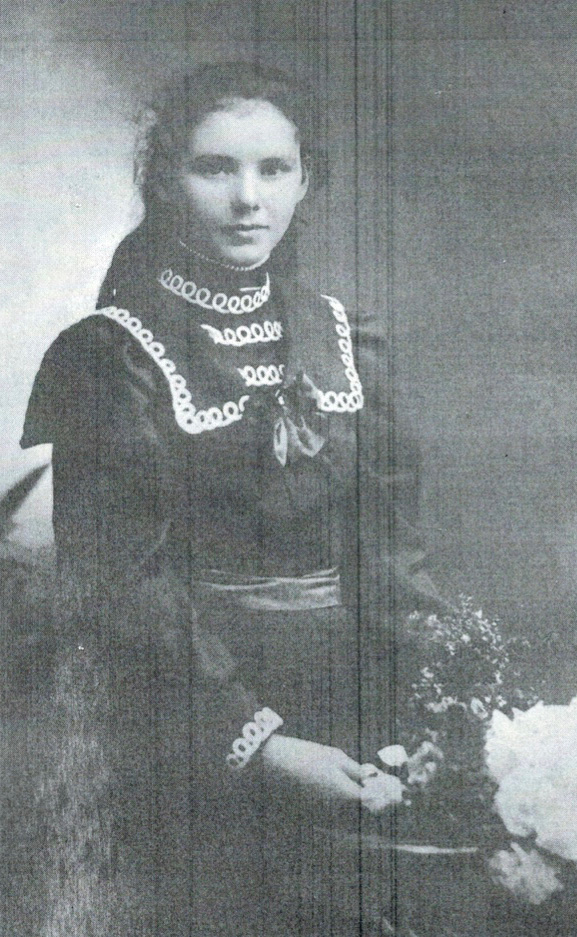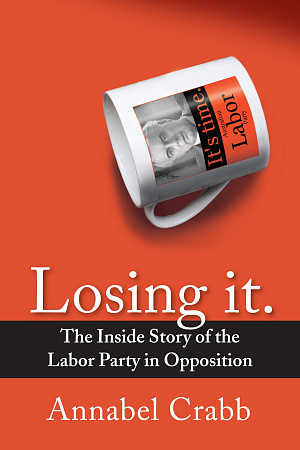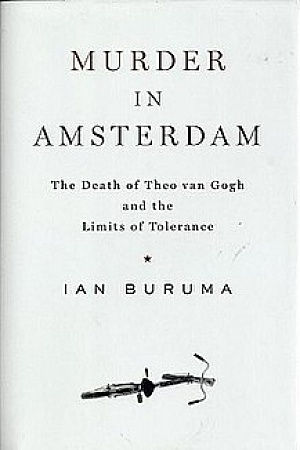The Empire’s New Clothes: The myth of the Commonwealth
Hurst & Company, $55.99 hb, 306 pp, 9781849049467
The Empire’s New Clothes: The myth of the Commonwealth by Philip Murphy
When I went to live in London in 1970, the dissolution of the British Empire had yet to reach its final stages. (While Fiji became independent that year, Hong Kong would not be transferred to China till 1997). The Commonwealth seemed like a glorious roseate hue, a spectacular sunset lingering after the sun had gone down: a device enabling the British to kid themselves that their world hadn’t really changed. But it had, deeply. To parody Voltaire on the Holy Roman Empire: the British Commonwealth had become neither British, nor common, nor wealthy.
As Philip Murphy shows in The Empire’s New Clothes, the institution had recently undergone real change. Whereas in the 1950s Commonwealth prime ministers’ biennial conferences were still centred on the ‘old Dominions’ – the official photograph always showing Sir Robert Menzies in his element, standing near the Queen – now the access of new members began to transform the institution. For too long the British had been inclined to think of emergent African states as ‘self-governing’ rather than independent. But soon the African tail began, improbably, to wag the British bulldog.
Continue reading for only $10 per month. Subscribe and gain full access to Australian Book Review. Already a subscriber? Sign in. If you need assistance, feel free to contact us.











Leave a comment
If you are an ABR subscriber, you will need to sign in to post a comment.
If you have forgotten your sign in details, or if you receive an error message when trying to submit your comment, please email your comment (and the name of the article to which it relates) to ABR Comments. We will review your comment and, subject to approval, we will post it under your name.
Please note that all comments must be approved by ABR and comply with our Terms & Conditions.